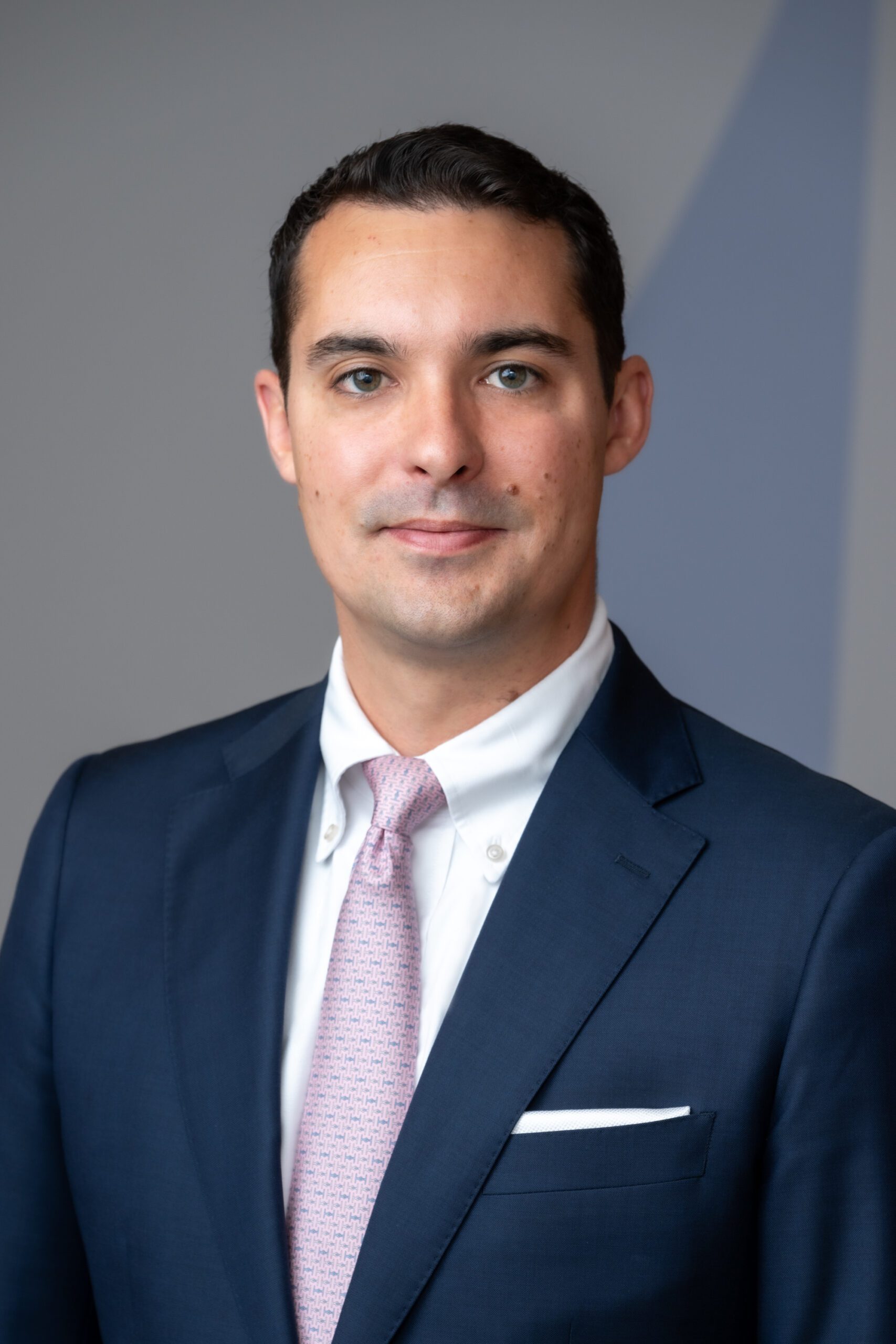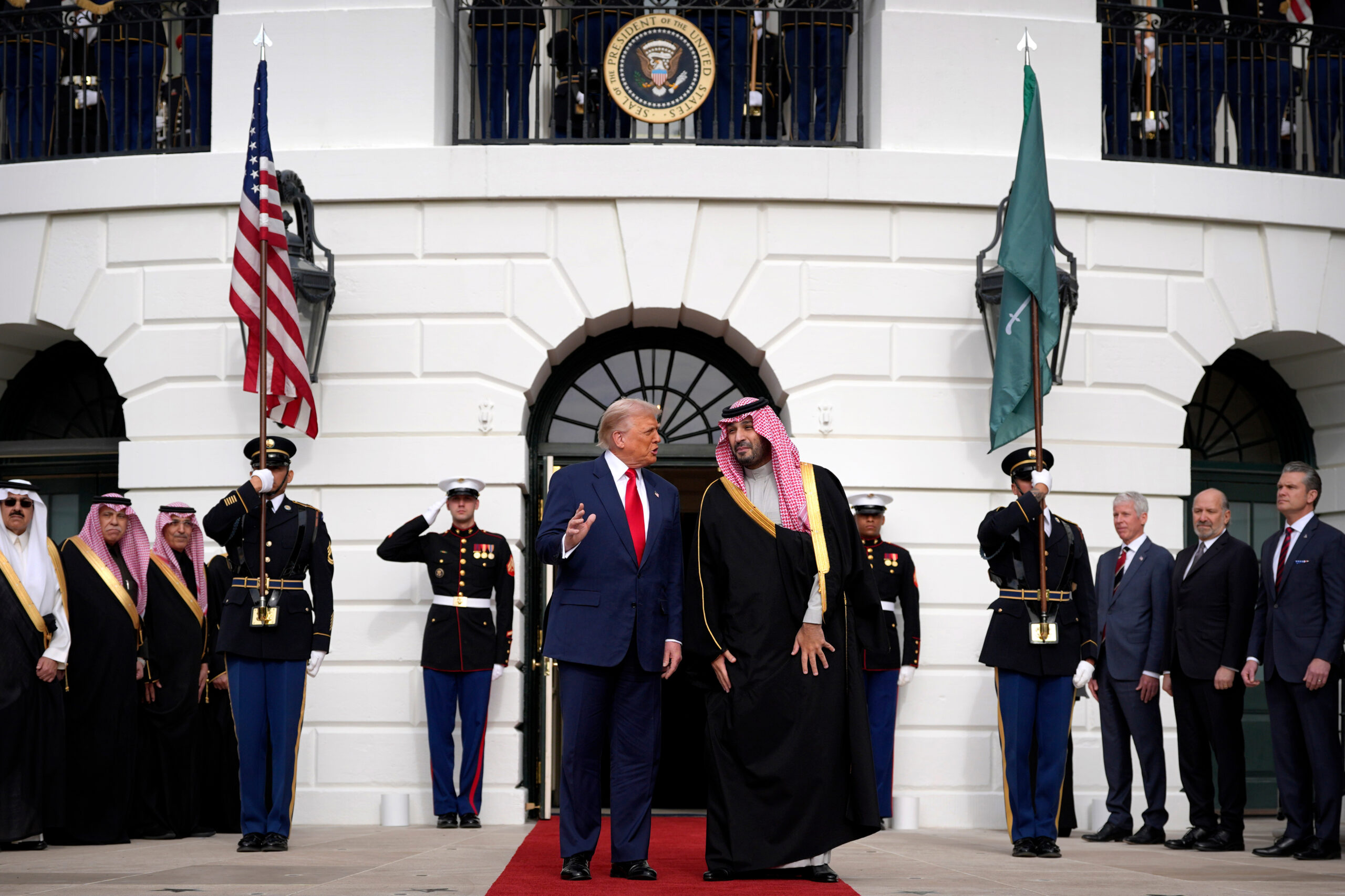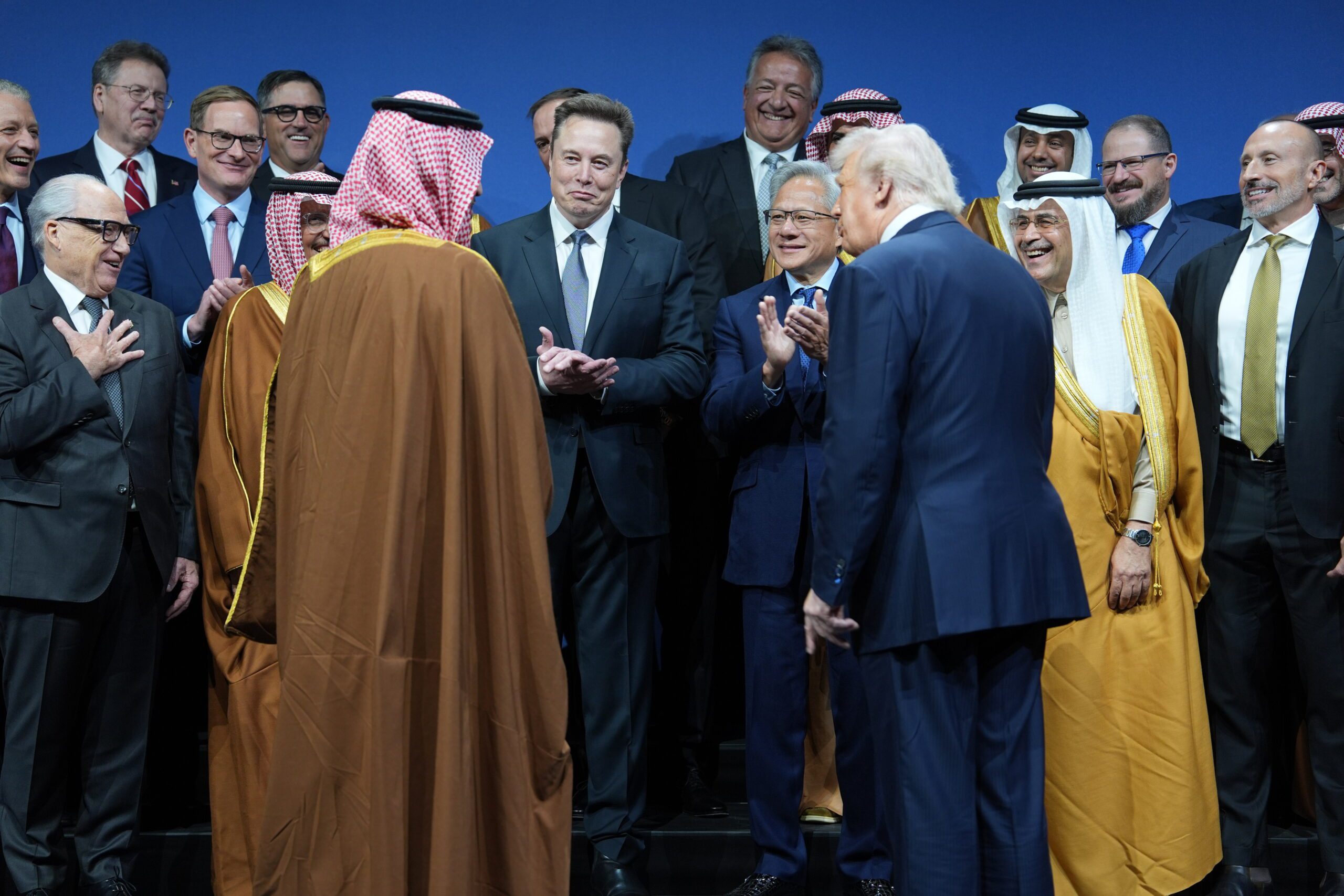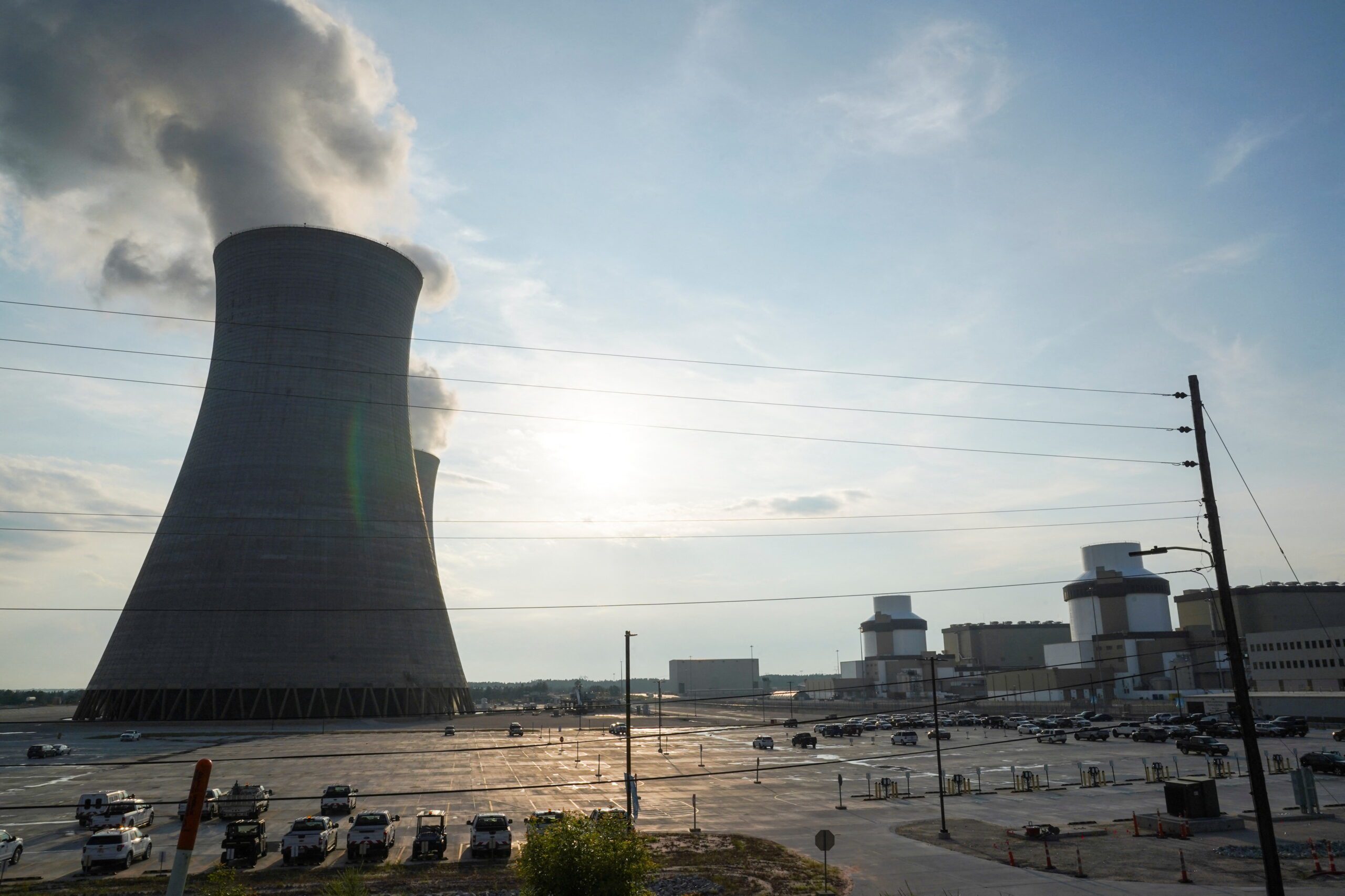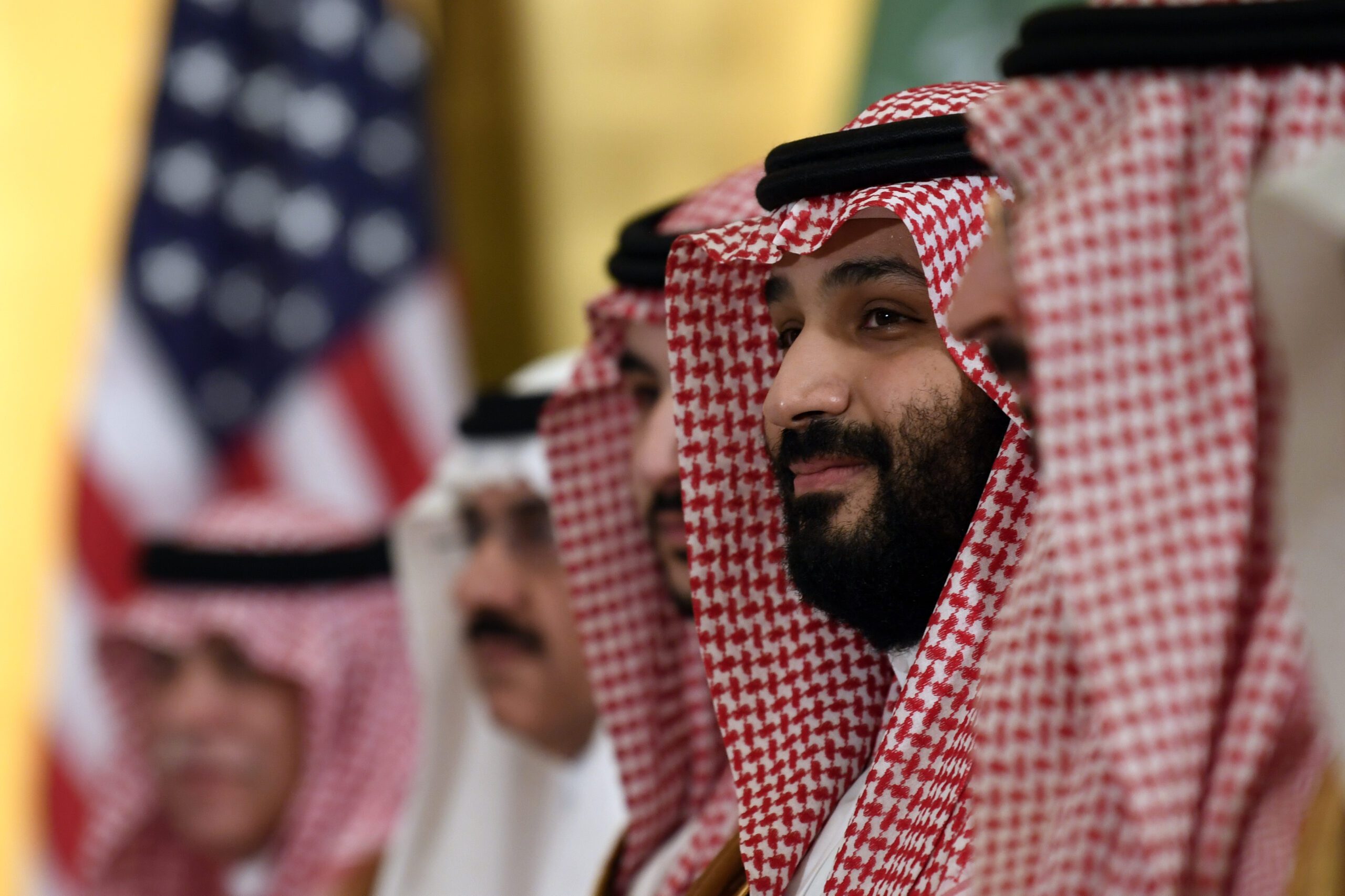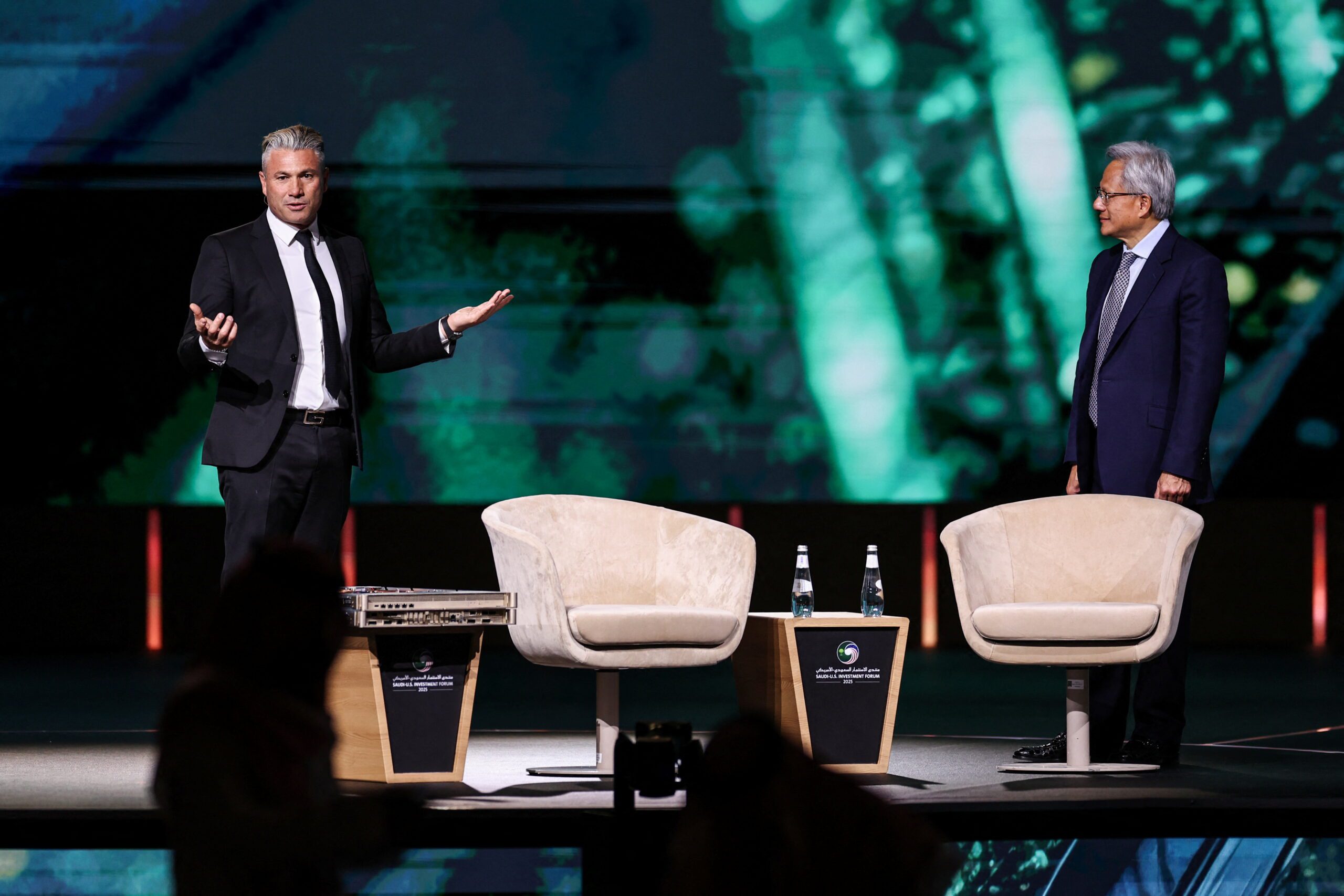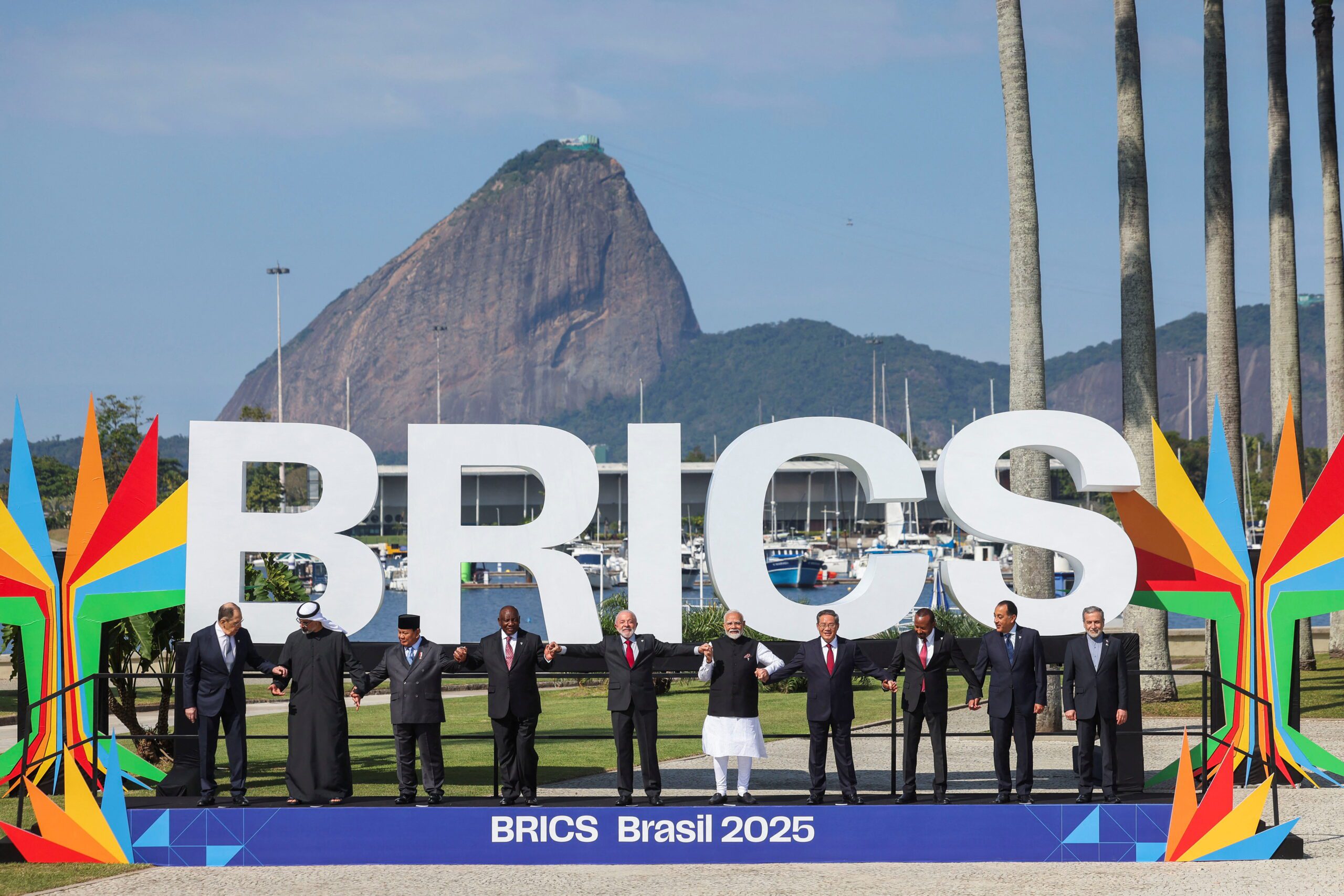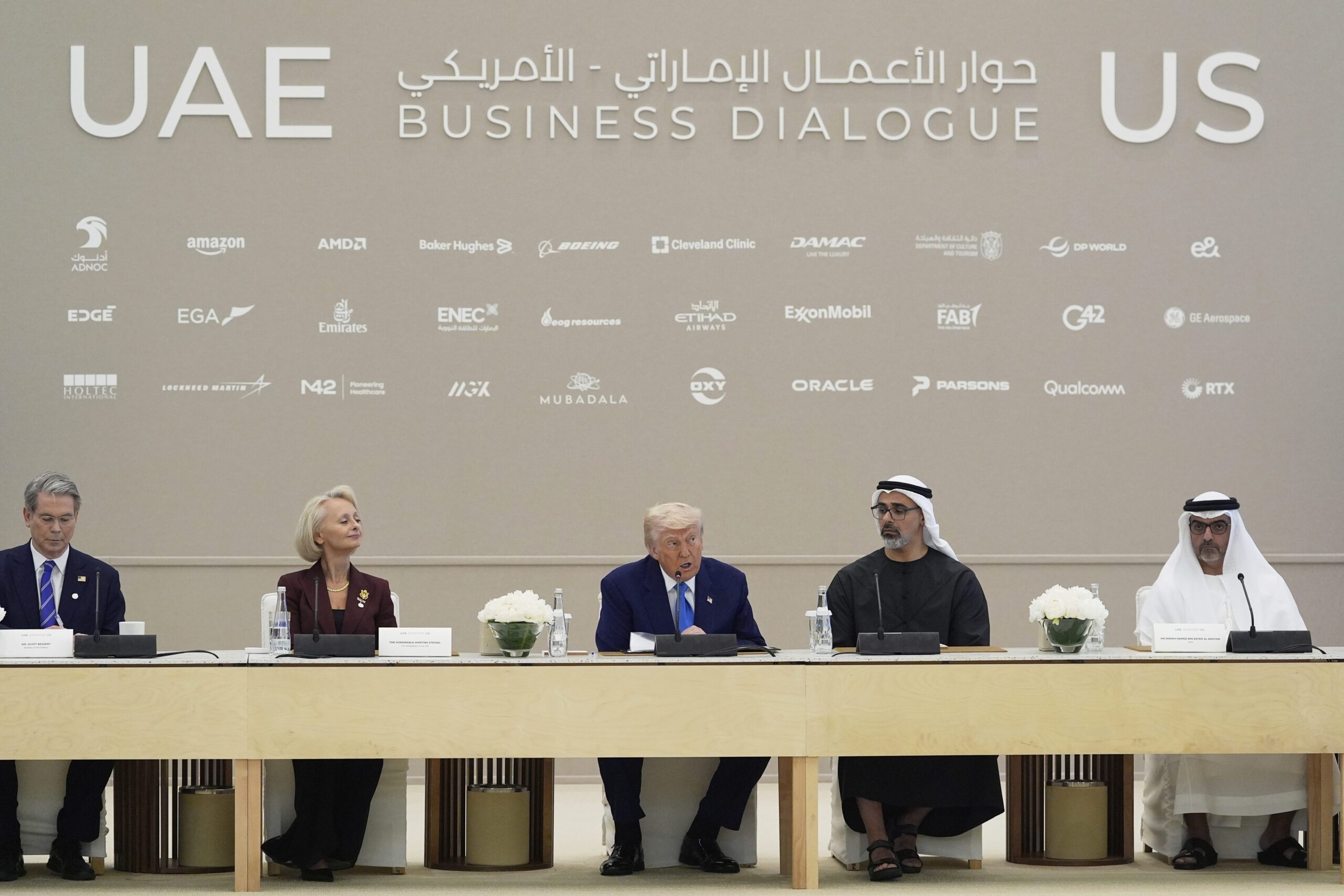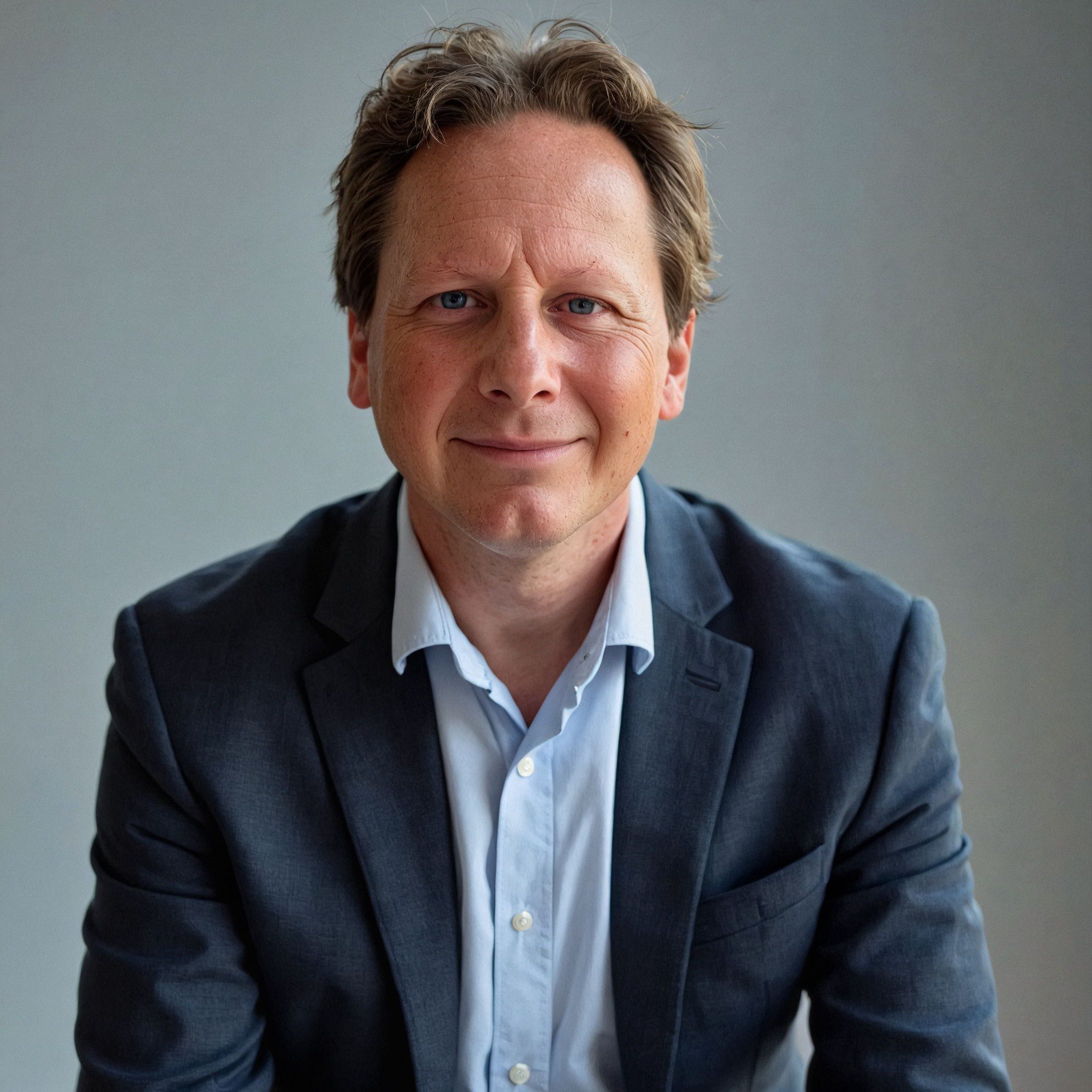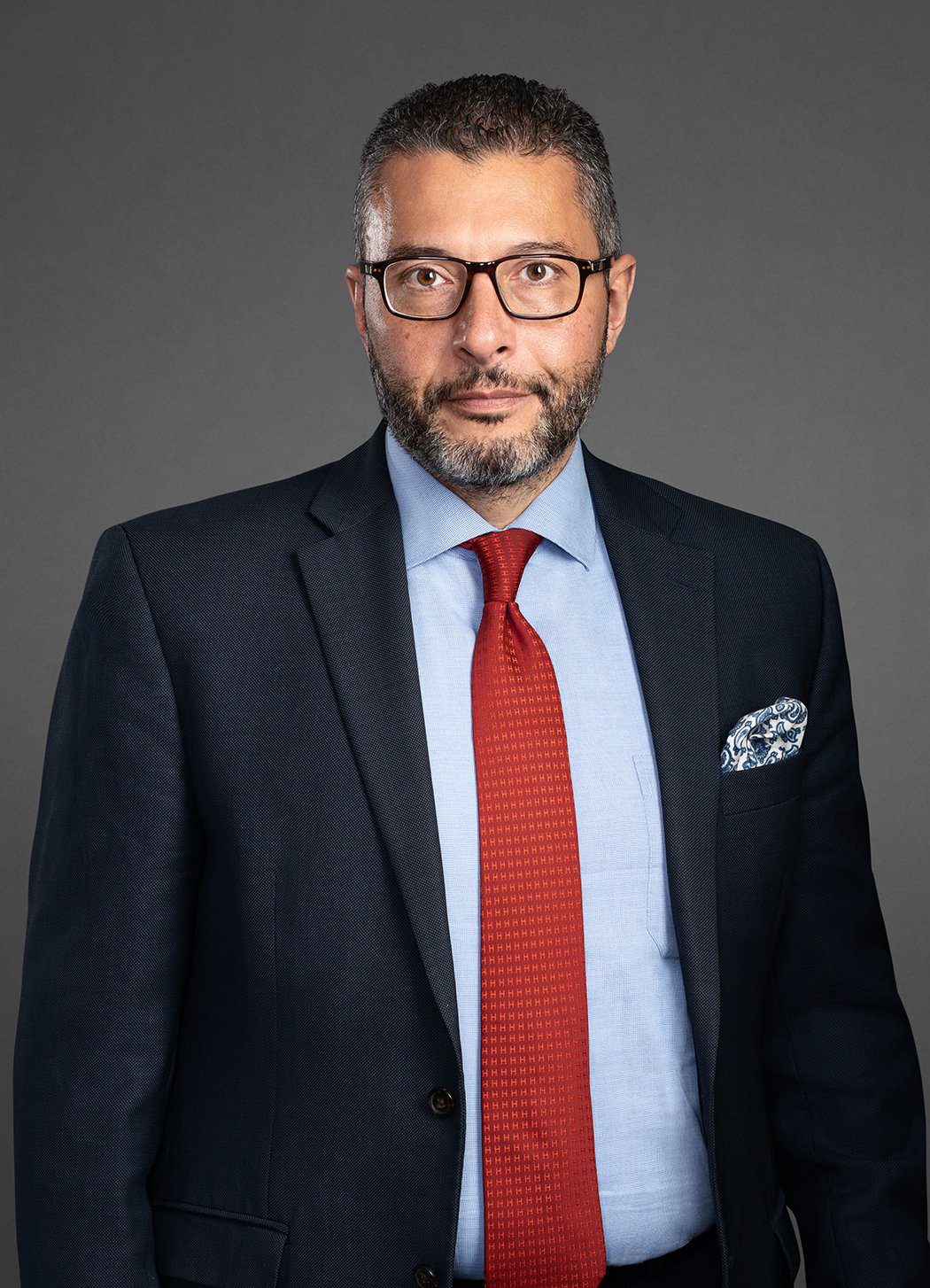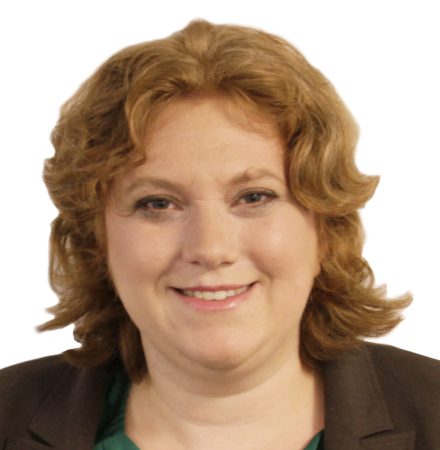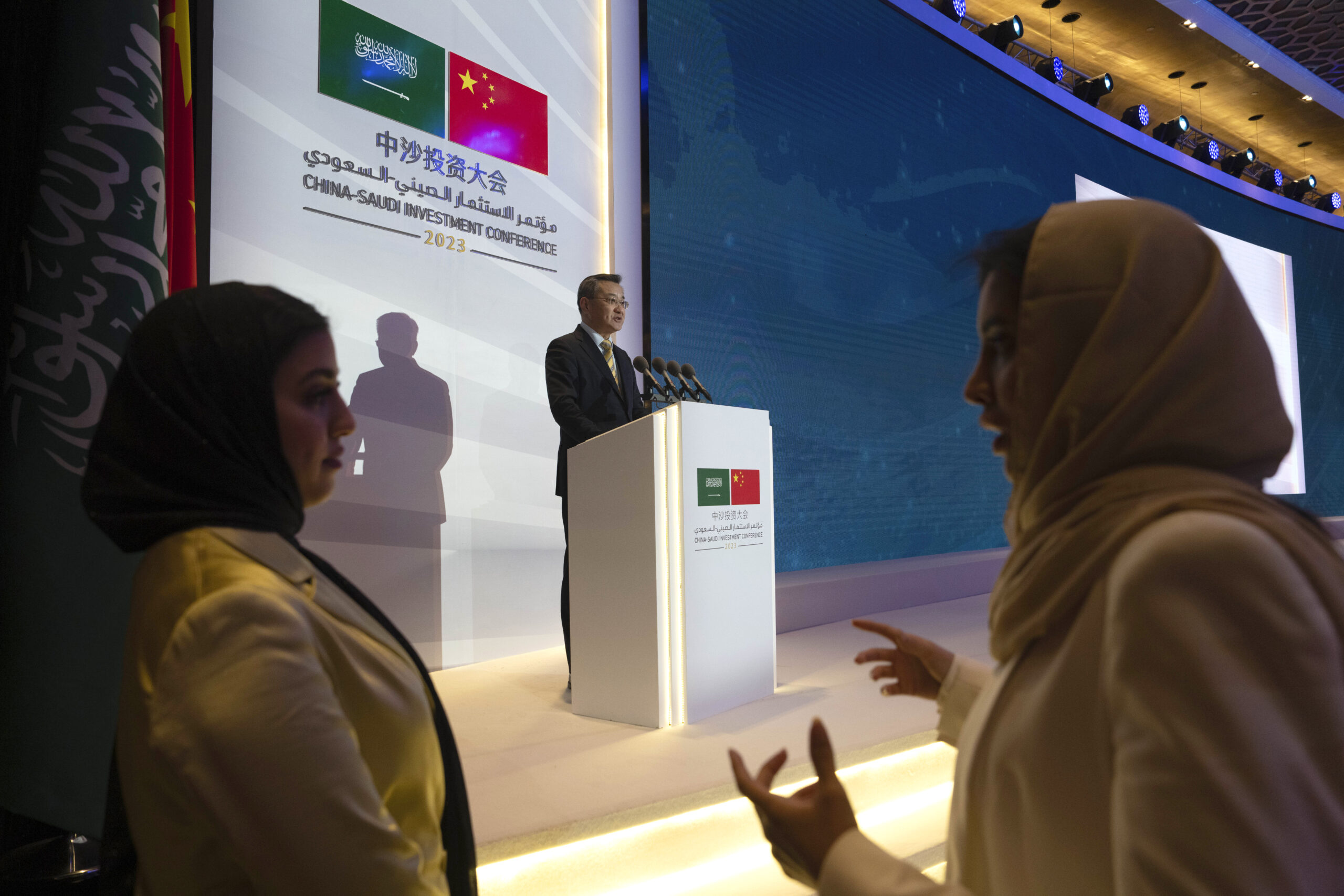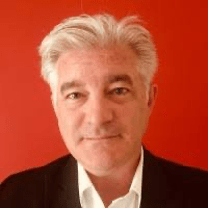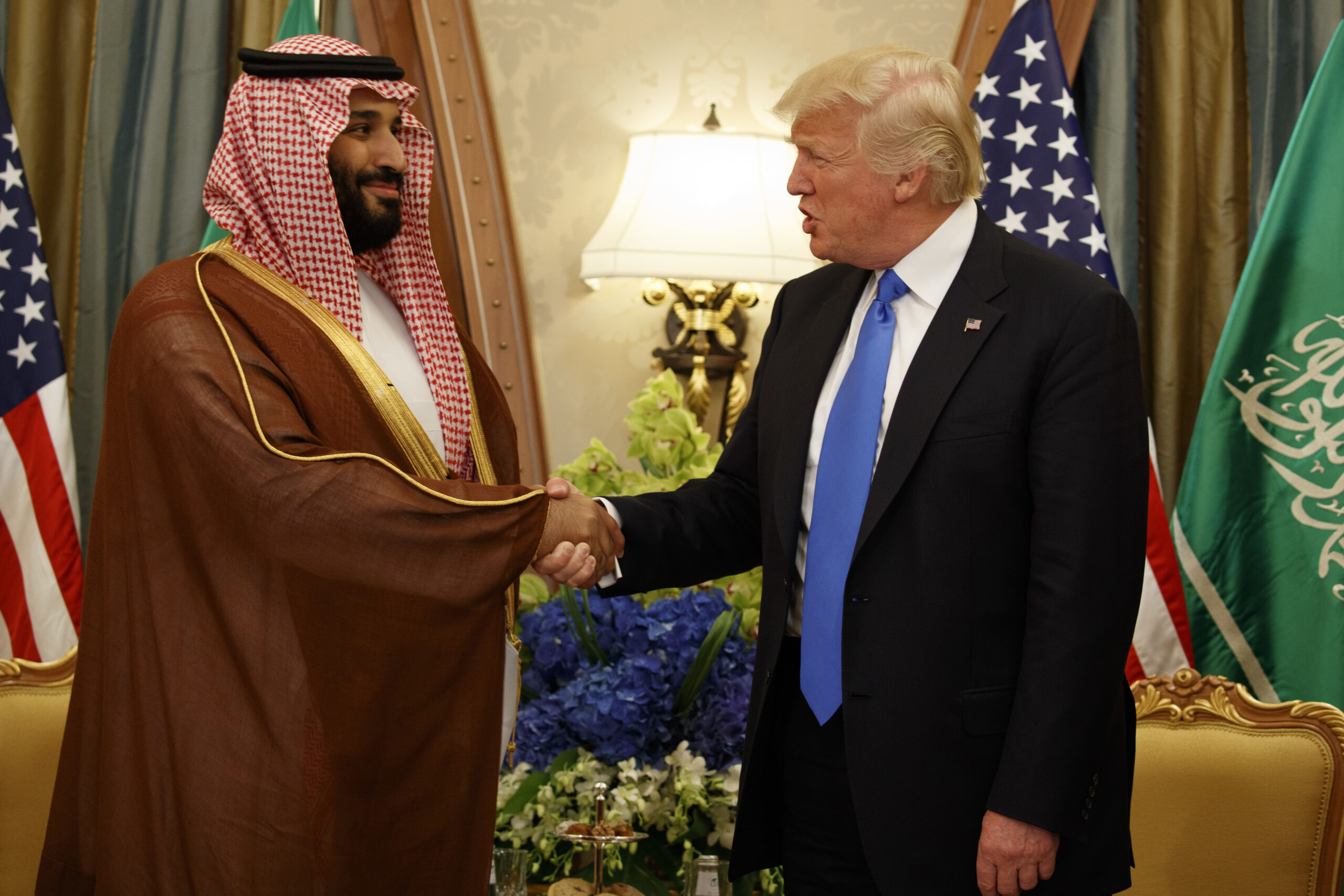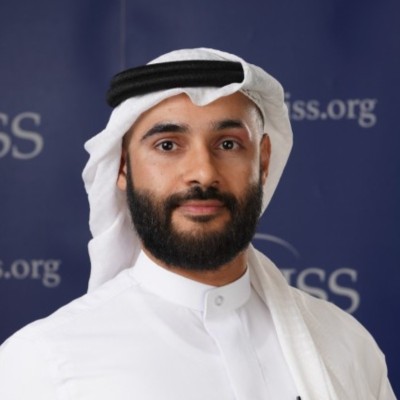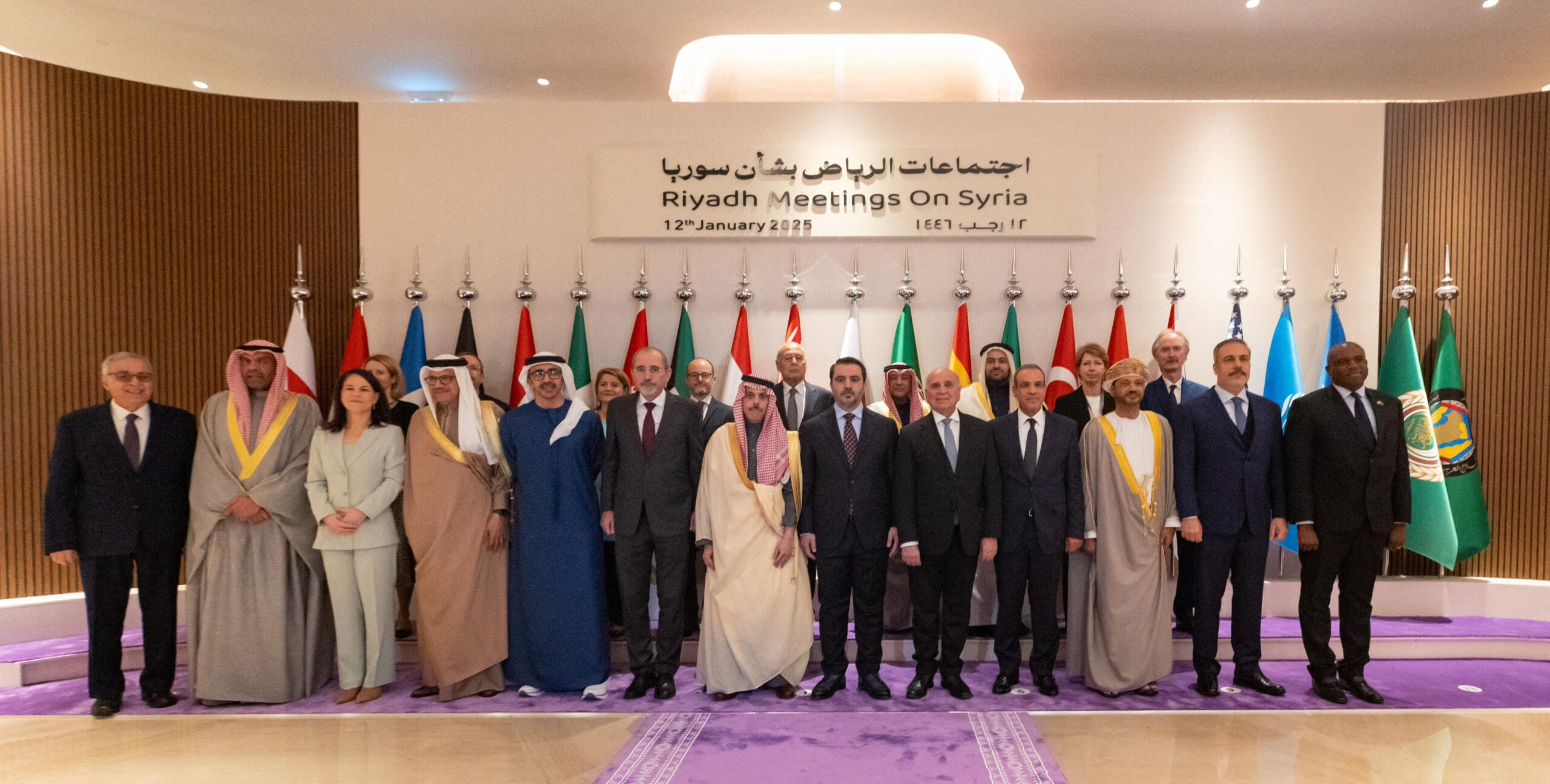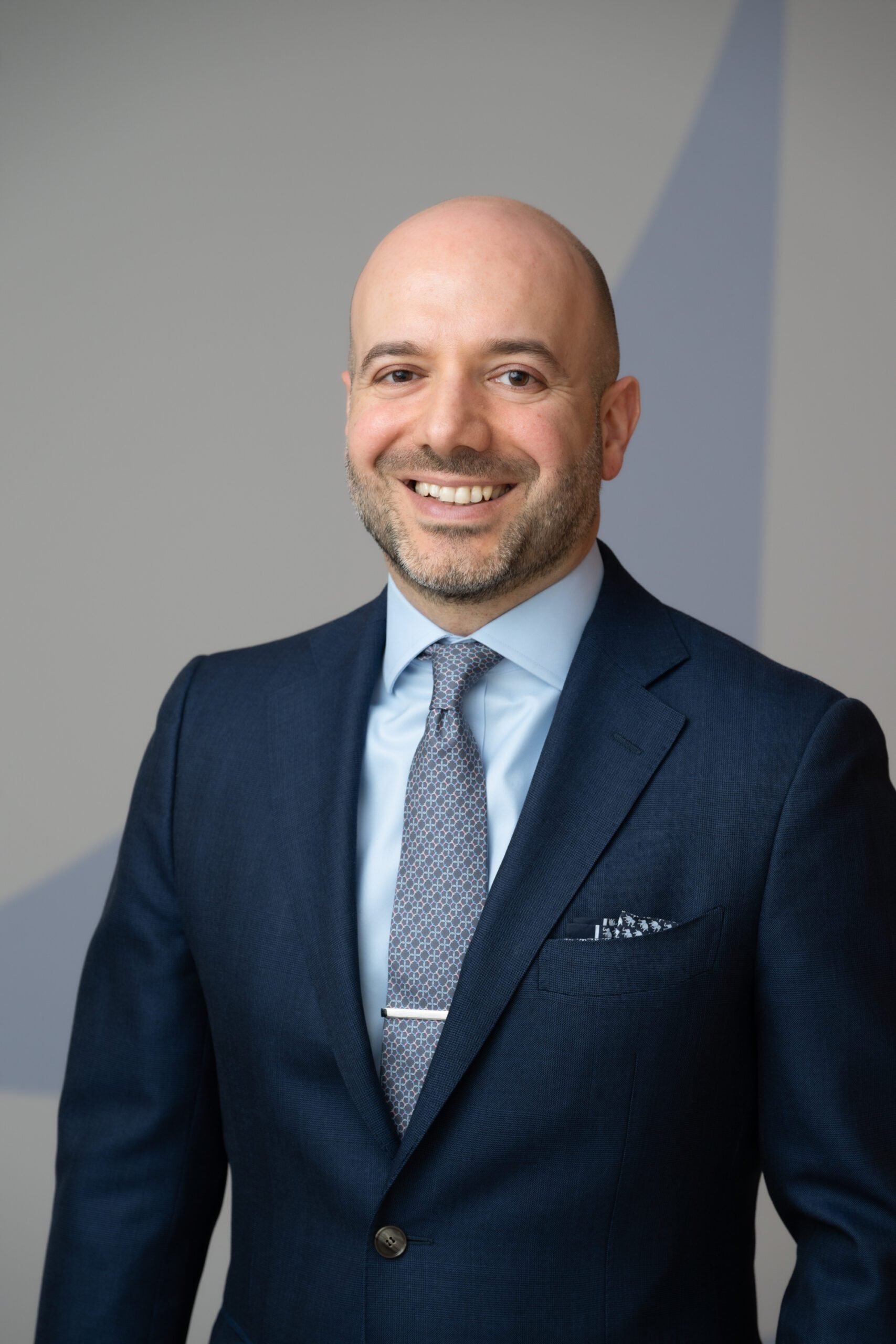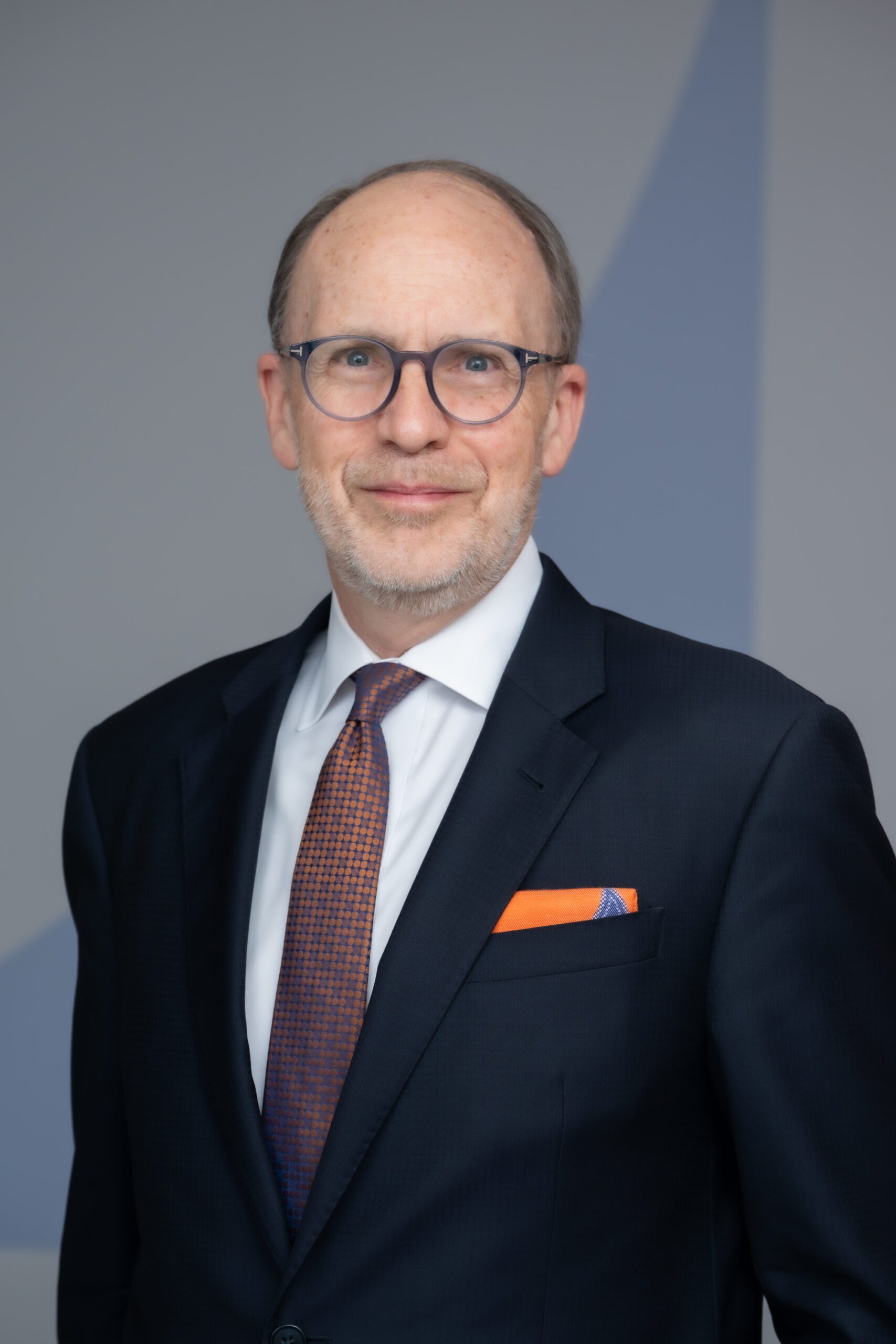Qatar Balances Fraught Regionalism Against Uncertain Globalization
In order to remain a relevant actor in the global economic order, Qatar has established a middle ground between the trends of regionalism and globalization through a strategic strengthening of bilateral partnerships.
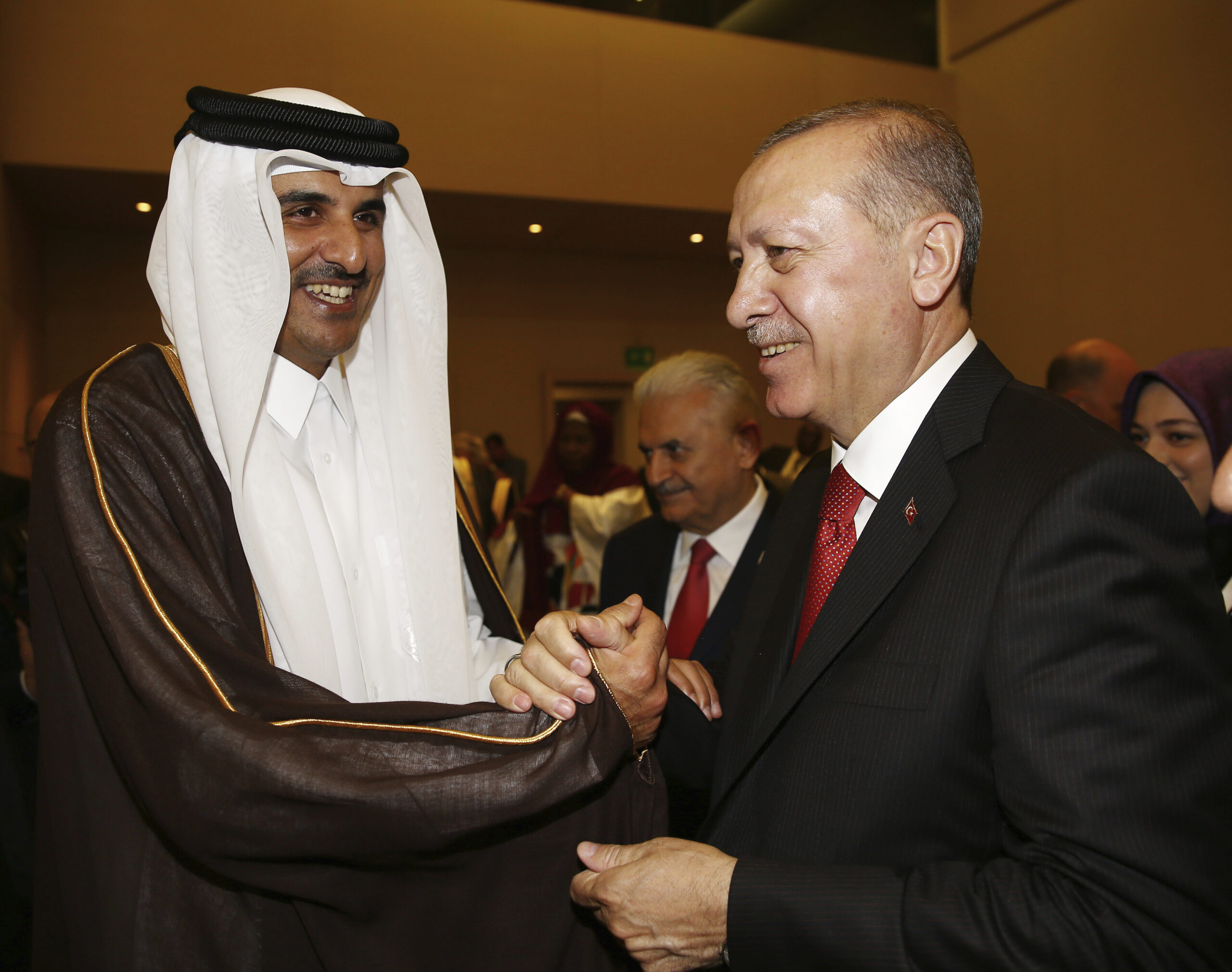
Determining the precise calculus behind Qatari decision making is often challenging. In late 2018, the Qatari minister of commerce and industry called for the creation of a free trade zone among members of the Organization of Islamic Cooperation as a first step toward achieving an Islamic Common Market. Meanwhile, Qatar’s consistent overtures to Turkey, a fellow OIC member, have helped to nurture the notion of a growing Qatari-Turkish axis in the Middle East. Regional dynamics and the shifting pattern of world commerce offer a useful lens for understanding the economic confines in which Qatar operates on the world stage. In order to remain a relevant actor in the global economic order, Qatar has established a middle ground between the trends of regionalism and globalization through a strategic strengthening of bilateral partnerships.
Globalization is on the retreat or, at the least, slowing significantly owing to new trade wars, sanctions, and other protectionist measures. Meanwhile, cross-border trade, supply chains, investment, and bank loans have all been shrinking or idling relative to global gross domestic product since the global financial crisis of 2008-09. The consequent “era of sluggishness” – according to The Economist – will lead to deeper economic links within regional blocs. This shifting pattern of world commerce, wherein safer regional ties trump riskier global opportunities, offers limited prospects for Qatar, which has confronted an economic boycott from a Saudi-led coalition of Gulf Arab neighbors and Egypt since June 2017.
Between a Region and a Hard Place
The broad parameters of the ongoing boycott and specific reports of Qatari-bound goods being seized in free zones illustrate how quickly regional alliances and globalized processes can be disrupted and reorganized. Prior to the rift, Qatar received an estimated 60 percent of its imports from neighboring Gulf Cooperation Council states. As traditional trade corridors closed, Qatar exploited other available regional outlets: Bilateral trade between Qatar and Oman surged by 101 percent following the imposition of the boycott and non-oil Omani exports to Qatar increased by 178 percent. Nevertheless, the Gulf region offered a shallow pool of trading partners absent the weighty economies of Saudi Arabia and the United Arab Emirates.
Qatar therefore attempted to leverage its membership in multinational associations, such as the OIC. In particular, Qatar renewed longstanding calls to establish a free trade zone among the organization’s 57 members. This step is a precondition for the realization of an Islamic Common Market – an aspiration codified in the group’s charter. The proposal reflects Qatari efforts to transcend traditional cooperative paradigms within the crisis-fraught GCC and reposition the small country within a new trading bloc. This call largely went unanswered because of the composition of the OIC’s membership and the complicated process of achieving a common market.
In theory, Qatar stands to gain from stronger economic integration between OIC member states. At its peak in 2014, the total volume of intra-OIC trade reached $802.2 billion and, after falling in the subsequent two years, rebounded to approximately $700 billion in 2017. Trade with OIC member states accounts for approximately 18 percent of Qatar’s total trade. The OIC’s efforts to foster greater cooperation among members over the $2 trillion global Islamic finance industry – one of the fastest-growing components of the international finance market – is a primary area of interest for the state-run Qatar Financial Centre.
Qatar’s engagement with the OIC, however, faces practical limitations because of the UAE’s and Saudi Arabia’s dominant economic roles within the organization. The UAE and Saudi Arabia accounted for a combined $154 billion of intra-OIC trade in 2016, whereas Qatar contributed a mere $16 billion toward trade among OIC members. Qatar is outmatched in terms of organizational clout. Moreover, several OIC member states – including the Maldives, Djibouti, Senegal, the Comoros, Mauritania, and Jordan – previously signaled support for the Saudi-led quartet by either ending or downgrading diplomatic relations with Qatar.
Structural factors suggest that an Islamic Common Market would be unlikely to emerge even in the absence of a dispute between the quartet and Qatar. Many OIC member states have not signed or ratified prior economic and commercial cooperation agreements. The organization’s designated platform for increasing intra-OIC trade and investment, the Standing Committee for Economic and Commercial Cooperation, primarily functions through two instruments: a trade working group and a project funding mechanism. Neither implementation instrument seems capable of tackling the monumental task championed by Qatar. Achieving a common market, wherein countries set common tariffs and permit the free movement of resources, requires the implementation of several complex processes: a free trade zone, regulatory procedures, and a customs union. The six member states of the GCC took decades to agree on a similar process.
Yet the free trade zone proposal and emphasizing the notion of an Islamic Common Market nevertheless serves an immediate political interest for Qatar. The dialogue aims to place Saudi Arabia, the UAE, Bahrain, and the other OIC member countries boycotting Qatar in an awkward position. An economic embargo on Qatar contradicts the OIC’s general strategy of cooperation, which views increasing economic and trade links among member states to be a key pillar. Indeed, Qatar has leveraged its membership in the Arab League and United Nations for similar purposes, although none of these efforts have seriously challenged the boycott.
A Bilateral Approach to Global Markets
Strategic bilateral relationships offer an alternate avenue to global markets. The strengthening of relations between Qatar and Turkey, a fellow OIC member and an important actor on the periphery of the Gulf Arab region, is a consequence of Qatar’s balancing act between regional and global forces. The level of cooperation can be quantified by Qatar’s $15 billion pledge in August 2018 to prop up Turkey’s struggling banking sector. Moreover, trade between the two countries reached an estimated $2 billion in 2018, up from $710 million in 2016, and the pair has engaged in currency swaps and double taxation avoidance agreements to further boost trade and investment. The Qatar Financial Centre considers Turkey as a crucial arena to tap the global Islamic finance market. These Qatari overtures to Turkey increasingly resemble long-term linkages rather than a short-term, opportunistic alliance.
As strong ties to a volatile Turkish economy pose risks, Qatar has sought to diversify its bilateral engagement with key economic actors in the global economy. Trade between Qatar and China increased by 27 percent from 2017 to 2018, accounting for 11.7 percent of Qatar’s total trade. The state-owned Qatar Airlines also purchased a 5 percent stake in China Southern Airlines, providing a foothold in an aviation market that is expected to be the world’s largest by 2022. Meanwhile, the Qatar Investment Authority increased its stake in Rosneft, the Russian state-owned energy company, to 19 percent. The Kremlin hailed the investment as a vote of confidence in Russia’s economy, but Qatari officials described the decision as an opportunity to expand Qatar Petroleum’s global operations.
The Qatar Investment Authority likewise intends to increase its investments in the United States to $45 billion over the next two years. As Qatari-U.S. trade between January and October 2018 reached $6 billion, the final annual figure will far exceed the $4.7 billion exchanged in 2017. Economic engagement with the United States, though, has not been without obstacles. The Qatari government found it difficult to control the global discourse over the Qatar Investment Authority’s tenuous connection to a debt-ridden New York skyscraper owned by the family of Jared Kushner, President Donald J. Trump’s son-in-law and a senior advisor, via a global property investor.
A fractured GCC is likely to persist for the foreseeable future. While multinational organizations provide a theater for Qatari dissatisfaction with the status quo, the most effective approach for enhancing Qatar’s access to global markets involves strategic, bilateral engagement with receptive states. This particular balancing of regional and global forces is not necessarily a long-term strategy for success but rather a sober assessment of the small Gulf Arab state’s efforts to remain relevant in a turbulent economic order.
The views represented herein are the author's or speaker's own and do not necessarily reflect the views of AGSI, its staff, or its board of directors.
